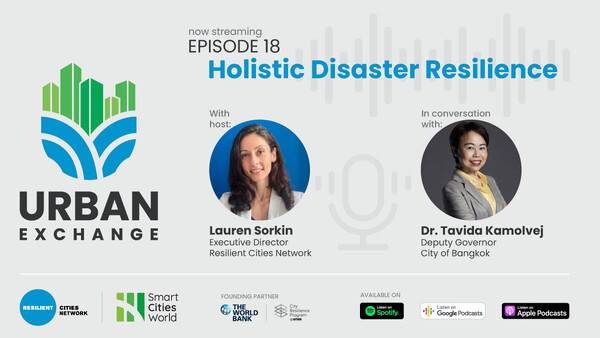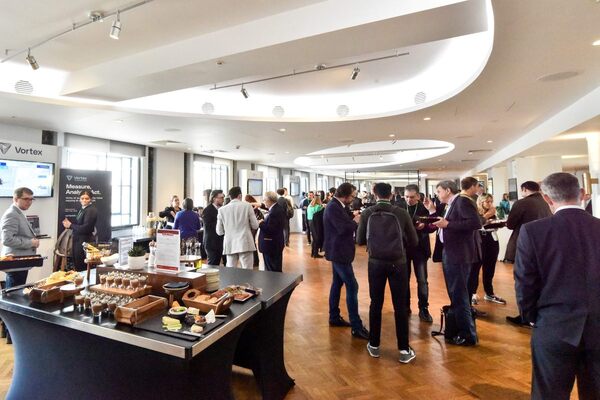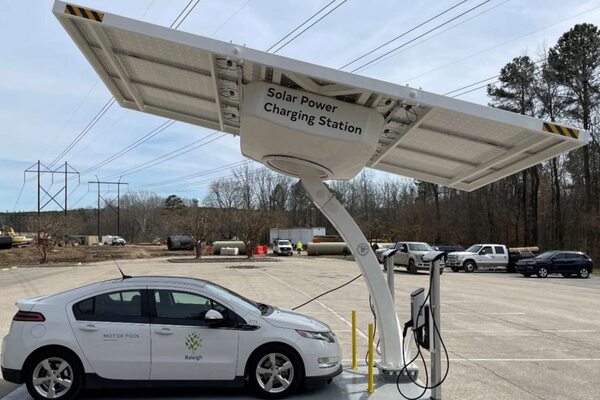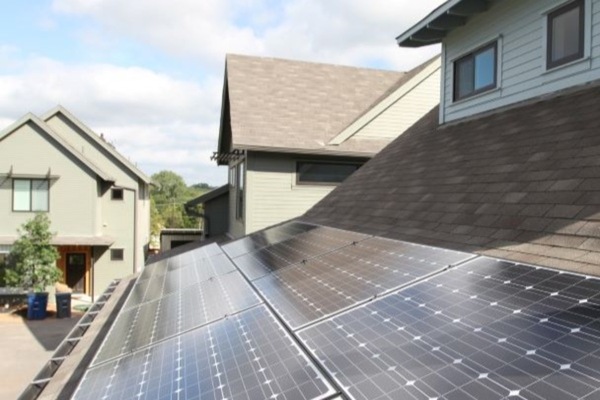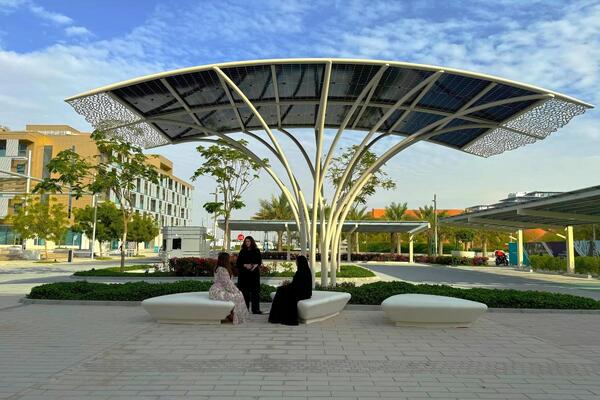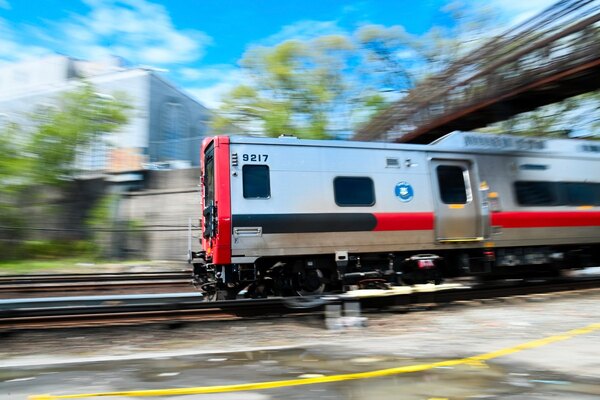Special Reports
SusHi Tech Tokyo 2024: experience ‘Tokyo 2050’ todaySponsored by The SusHi Tech Tokyo 2024 Showcase Program Executive Committee
Energy storage model could help the UK decarbonise at least cost
The Storage and Flexibility Model has been built in response to the increasingly complex challenge of balancing supply and demand in the energy system.

Energy Systems Catapult has launched a new energy storage model that aims to provide a comprehensive view on how storage and flexibility technologies could help the UK decarbonise at the least cost.
The Storage and Flexibility Model (SFM) has been built in response to the increasingly complex challenge of balancing supply and demand in the energy system.
The Catapult, which was set up to accelerate the transformation of the UK’s energy system, is offering organisations within the sector the chance to work with its experts to gain insights from the SFM, including government, energy technology innovators and network operators.
Future role of storage
Commissioned by the Energy Technologies Institute and developed by Baringa, the SFM focuses on a range of important questions around the future role of storage and flexibility, including:
- Taking a whole energy system approach, what is the future role of energy storage and flexibility?
- What is the scale of the different future service requirements (for example, in MW, MWh) for storage and flexibility?
- What is the value of various forms of storage and flexibility to the system?
- How do the key drivers of uncertainty (both short and long-term) affect the potential role of storage and flexible alternatives?
Storage technologies, such as hot water tanks and batteries, are predicted to become a more integral part of the future energy system. As demand for electricity is expected to see a big rise, these technologies will help ensure networks can cope and allow homes and businesses to avoid peak times when energy is more expensive.
The SFM was designed to provide the clearest picture of how these technologies could assist as we move towards a net-zero economy. It can represent future grid scenarios at a second-by-second level, looking across multiple seasons, vectors, network levels and geographic regions to provide uniquely valuable insights about the role of storage and flexibility.
“As the UK energy system decarbonises, the ways we produce, transport, store and use energy will need to change, resulting in an increasing challenge to balance supply and demand.”
It can also explore short-term uncertainty to understand which technologies can contribute to a resilient energy system.
“As the UK energy system decarbonises, the ways we produce, transport, store and use energy will need to change, resulting in an increasing challenge to balance supply and demand. This will lead to a changing role for storage and competing flexibility technologies,” said Alex Buckman, networks and energy storage practice manager at Energy Systems Catapult.
“Without a deeper understanding of how these technologies could help in balancing energy networks, we will at best end up with a system that costs more than it needs to and at worst one that fails to manage supply and demand.
“The Storage and Flexibility Model fills a crucial space in the current energy system modelling landscape, enabling us to see more clearly than ever how energy storage and flexibility could help the UK transition to net zero at least cost.”
Early findings
Early indicative runs of the model found that a least-cost 2050 energy system is likely to require significantly more electric and thermal energy storage than previously thought.
To achieve an 80 per cent reduction in CO2 emissions by 2050 (compared with 1990 levels), the model calculated a need for nearly 1,400 gigawatt hours of electric and thermal storage volume, 55 per cent higher than previous estimates and equivalent to 125 Dinorwig Power Stations.
This rises even more if carbon capture and storage (CCS) is unavailable and creates more demand for the electrification of heating, gaseous fuel production (natural gas and hydrogen) and transport.
However, these findings require further investigation and there are plans to run the model according to the government’s current more ambitious target of reaching net-zero emissions by 2050.
To coincide with the SFM’s launch, a new report Balancing Supply and Demand has been published. It describes the experience and knowledge gained from developing and running it, what it can be used for and best practice for using it.
You might also like:







